
Most Common Snakes of the Proserpine/Whitsunday Area
By Bradley Crossman

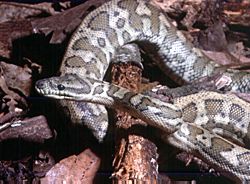
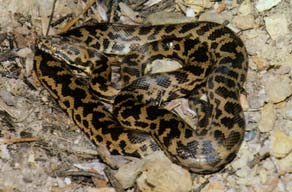
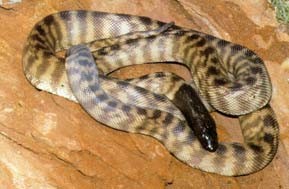
 Scrub Python / Amethystine Python, Morelia amethystina, Egg laying.
Scrub Python / Amethystine Python, Morelia amethystina, Egg laying. Common Tree Snake. Dendrelaphis punctulata,
Common Tree Snake. Dendrelaphis punctulata, 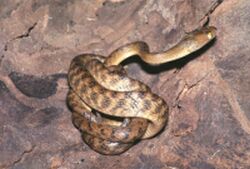
 Keel-back or Freshwater Snake, Tropidonophis mairri,
Keel-back or Freshwater Snake, Tropidonophis mairri, 
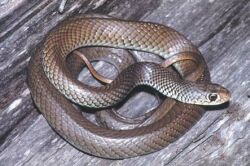 Black Whip Snake, Demansia atra,
Black Whip Snake, Demansia atra, 
 Taipan Oxyranus scutellatus,
Taipan Oxyranus scutellatus, 
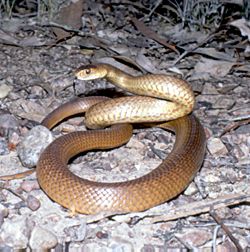
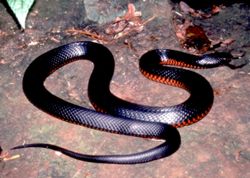
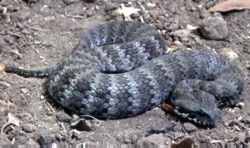 Northern Death Adder, Acanthophis praelongus
Northern Death Adder, Acanthophis praelongus